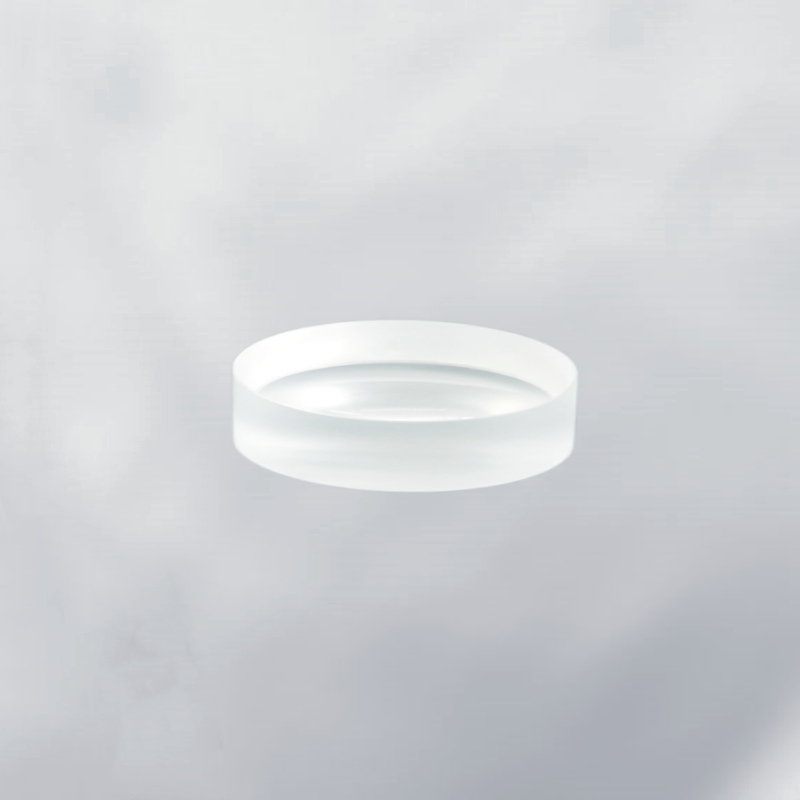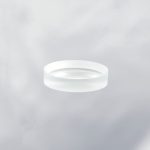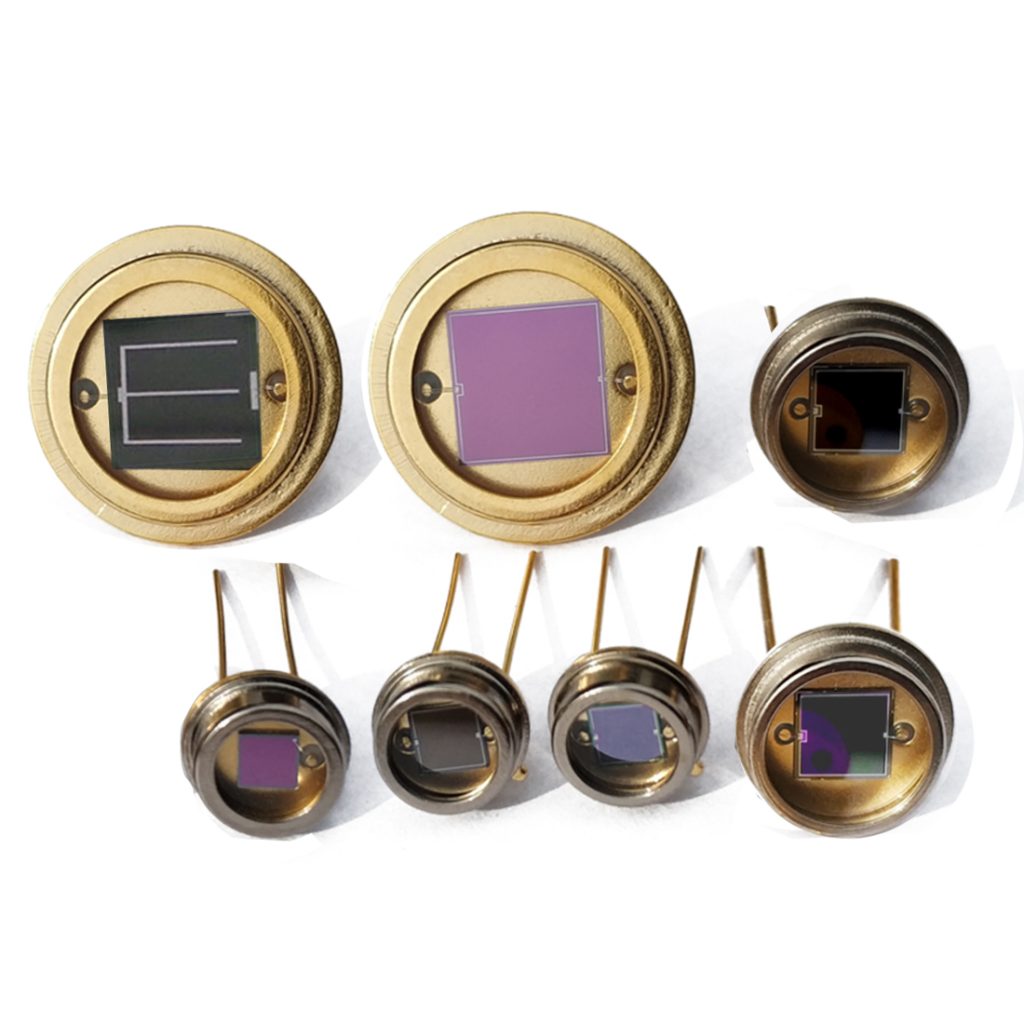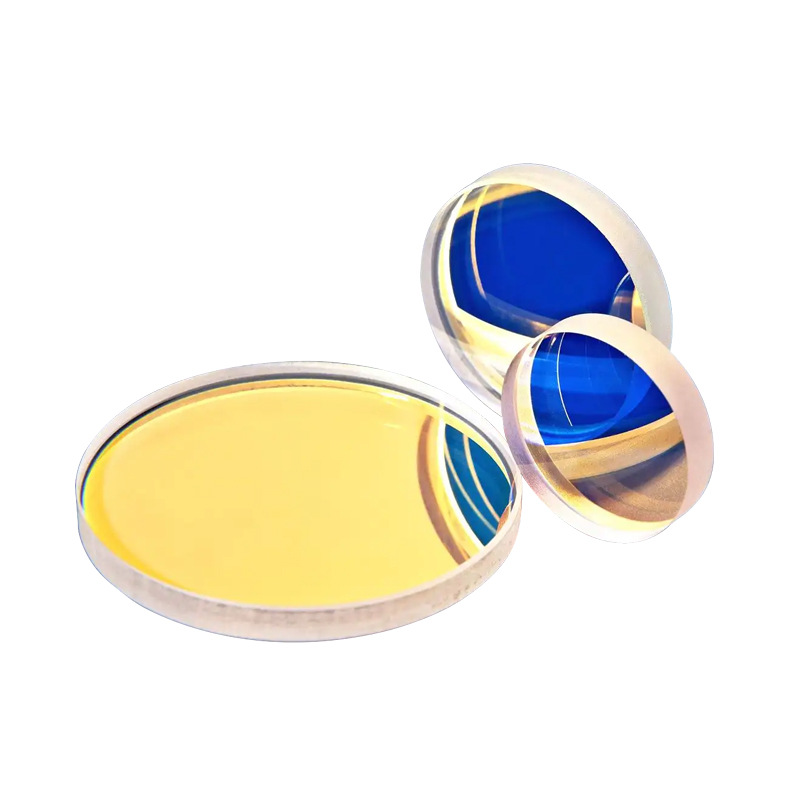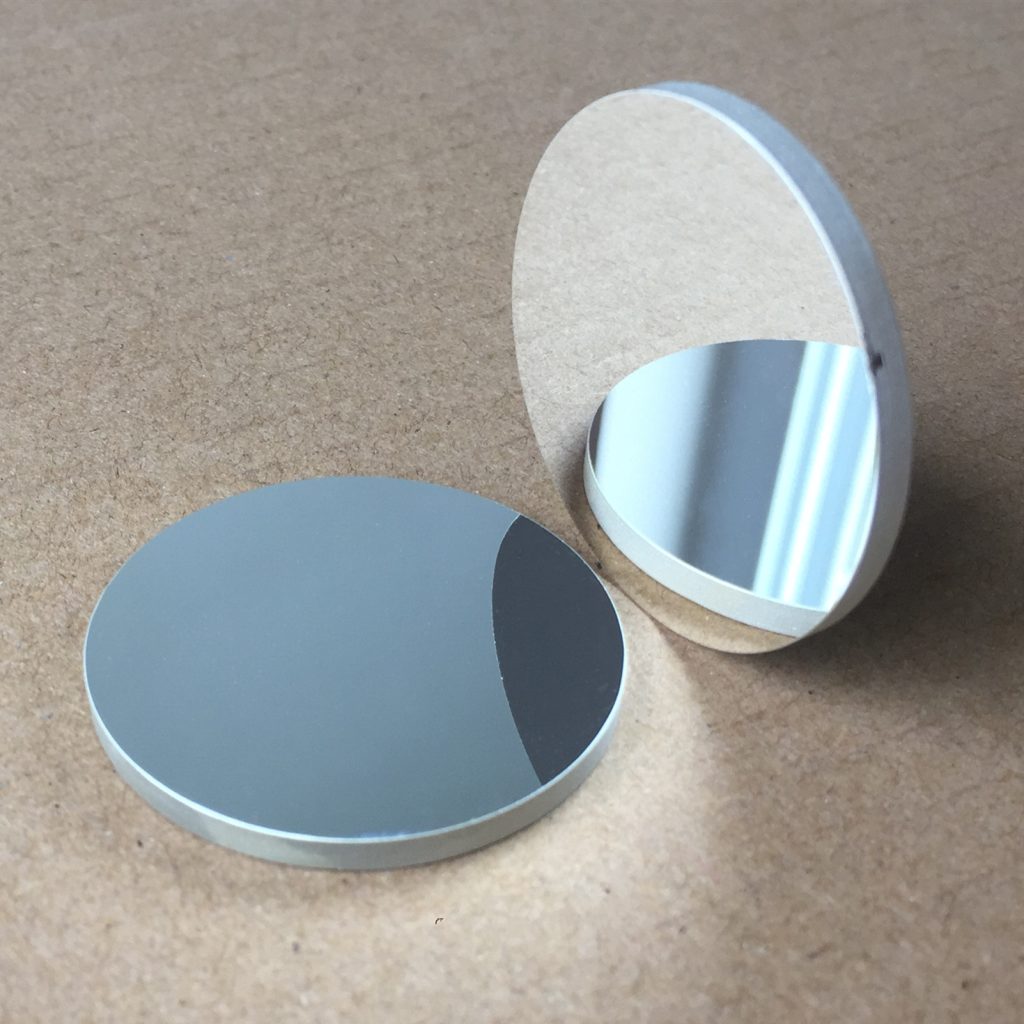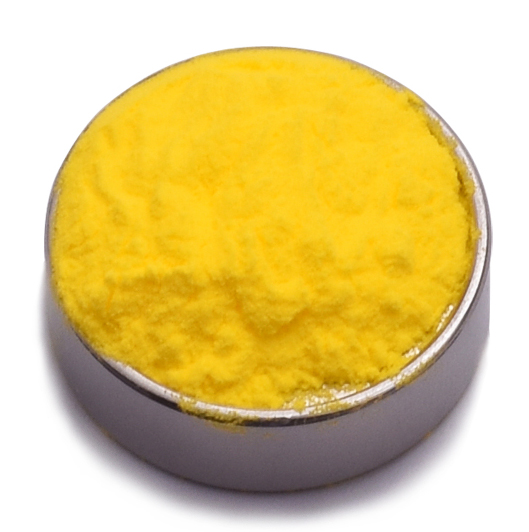Lithium fluoride double-concave lens is a high-performance optical component designed for controlled beam expansion, reduced spherical aberration, and superior ultraviolet and infrared transmission. Manufactured from high-purity LiF, it offers exceptional optical clarity, strong resistance to environmental degradation, and excellent thermal stability. This precision lens is widely used in laser systems, spectroscopy, aerospace applications, and scientific instrumentation, ensuring optimal light manipulation and performance for advanced optical systems.
Product Overview
The Lithium Fluoride (LiF) double-concave lens is an optical element with two inward-curved surfaces designed to effectively alter the direction of parallel incident light, enabling beam divergence or convergence. This lens is commonly used in infrared and ultraviolet optical systems for functions such as beam separation, focusing, and imaging. Its unique shape makes it an essential component in a variety of optical devices, particularly in instruments such as telescopes, microscopes, and spectrometers.
Key Features
- High Optical Transparency: Lithium Fluoride offers excellent optical transparency across ultraviolet, visible, and infrared spectrums, making it ideal for a range of optical applications.
- Low Refractive Index: With one of the lowest refractive indices among infrared materials, Lithium Fluoride is well-suited for infrared lenses and window materials.
- Precision Machining: The lens is manufactured through precise cutting, grinding, and polishing processes, ensuring high dimensional accuracy and smooth surface quality.
- Low Reflectivity: Lithium Fluoride has a low reflectivity and absorption rate, ensuring higher optical efficiency with minimal loss of light.
- Customizable Design: The lens can be tailored in size and shape to meet specific application requirements, ensuring compatibility with diverse optical systems.
Applications
- Infrared and Ultraviolet Optical Systems: Widely used in optical instruments operating within the infrared and ultraviolet spectrums, such as telescopes, microscopes, and spectrometers.
- Laser Technology: In laser systems, Lithium Fluoride double-concave lenses are used to expand beams and improve beam uniformity and distribution.
- Projection Systems: Utilized in projectors and other optical devices to correct image shape and enhance imaging quality.
- High-Precision Optical Applications: An essential component in high-precision optical systems, ensuring stability and efficiency in optical performance.
- Infrared Lenses and Windows: Due to its low refractive index and excellent transmission, Lithium Fluoride lenses are commonly used in infrared lenses and windows, particularly in thermal imaging and high-energy detection applications.
| Optical Property | Value |
| Transmission Range | 0.11-7 μm |
| Transmittance | >94.8%@0.6μm |
| Reflection Loss | 5.2%@0.6μm (both surfaces) |
| Absorption Coefficient | 5.9×10⁻³@4.3μm |
| Structure | Cubic Crystal System |
| Cleavage Planes | <100 |
| Physical Property | Value |
| Density | 2.639 g/cm³ |
| Melting Point | 848 ℃ |
| Thermal Conductivity | 11.3 W/(m·K) @ 314K |
| Thermal Expansion | 37.0×10⁻⁶/K @ 283K |
| Knoop Hardness | 415 kg/mm² |
| Specific Heat Capacity | 1562 J/(kg·K) |
| Dielectric Constant | 7.33 @ 1 MHz |
| Young's Modulus | 64.79 GPa |
| Shear Modulus | 55.14 GPa |
| Bulk Modulus | 62.03 GPa |
| Poisson's Coefficient | 0.22 |
| Chemical Property | Value |
| Solubility | 2.7 g/L @ 20℃ |
| Molecular Weight | 25.9394 g/mol |
| Property | Value |
| Diameter Range | 2-300mm |
| Focal Length | 15-5000mm |
| Thickness | 0.12-60mm |
| Surface Quality | 80-50, 60-40, 40-20, 20-10, 10-5 |
| Surface Flatness | λ/2, λ/4, λ/8, λ/10 |
| Clear Aperture | >90% |
| Coating | Customizable |
 new material
new material

